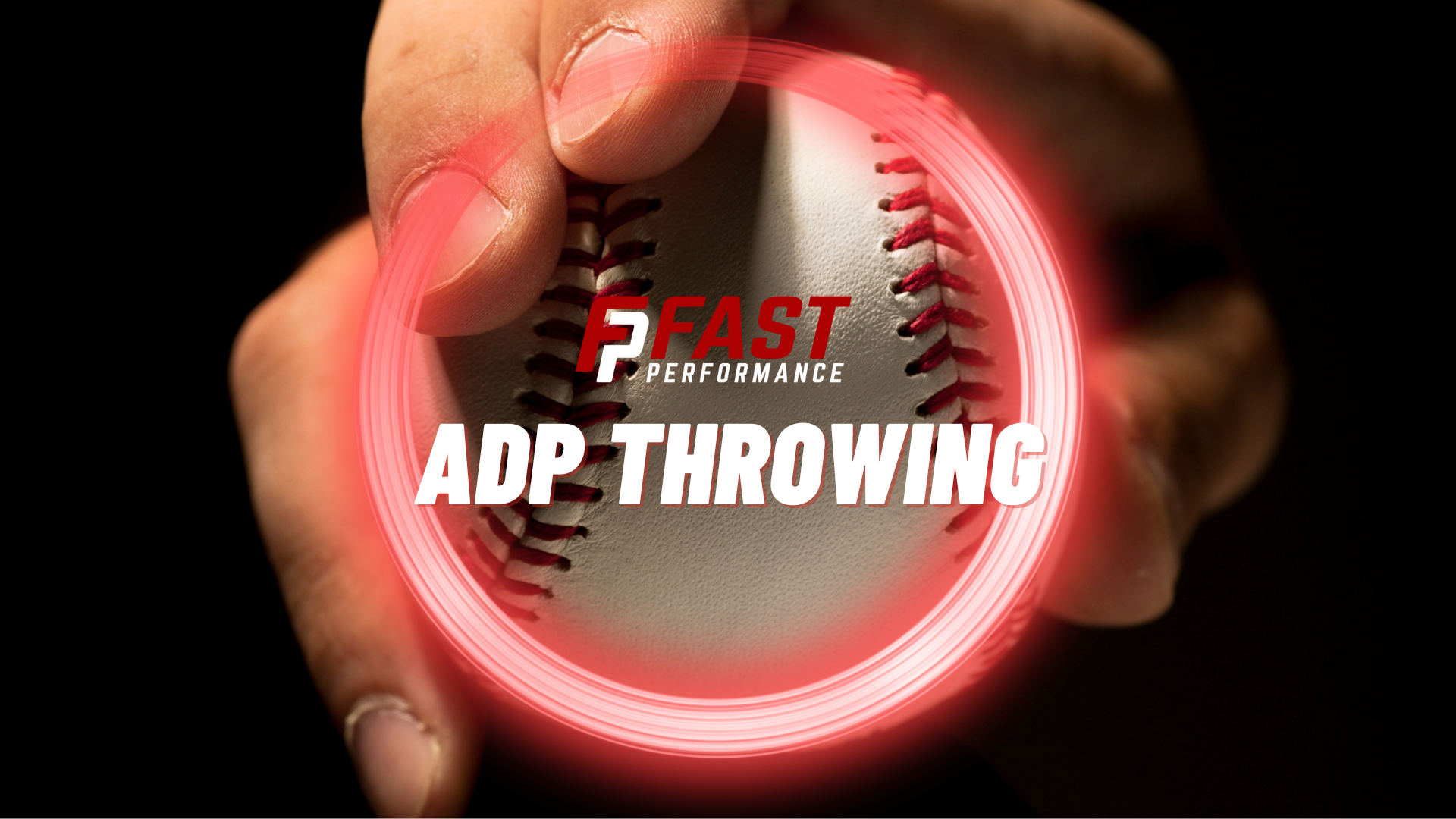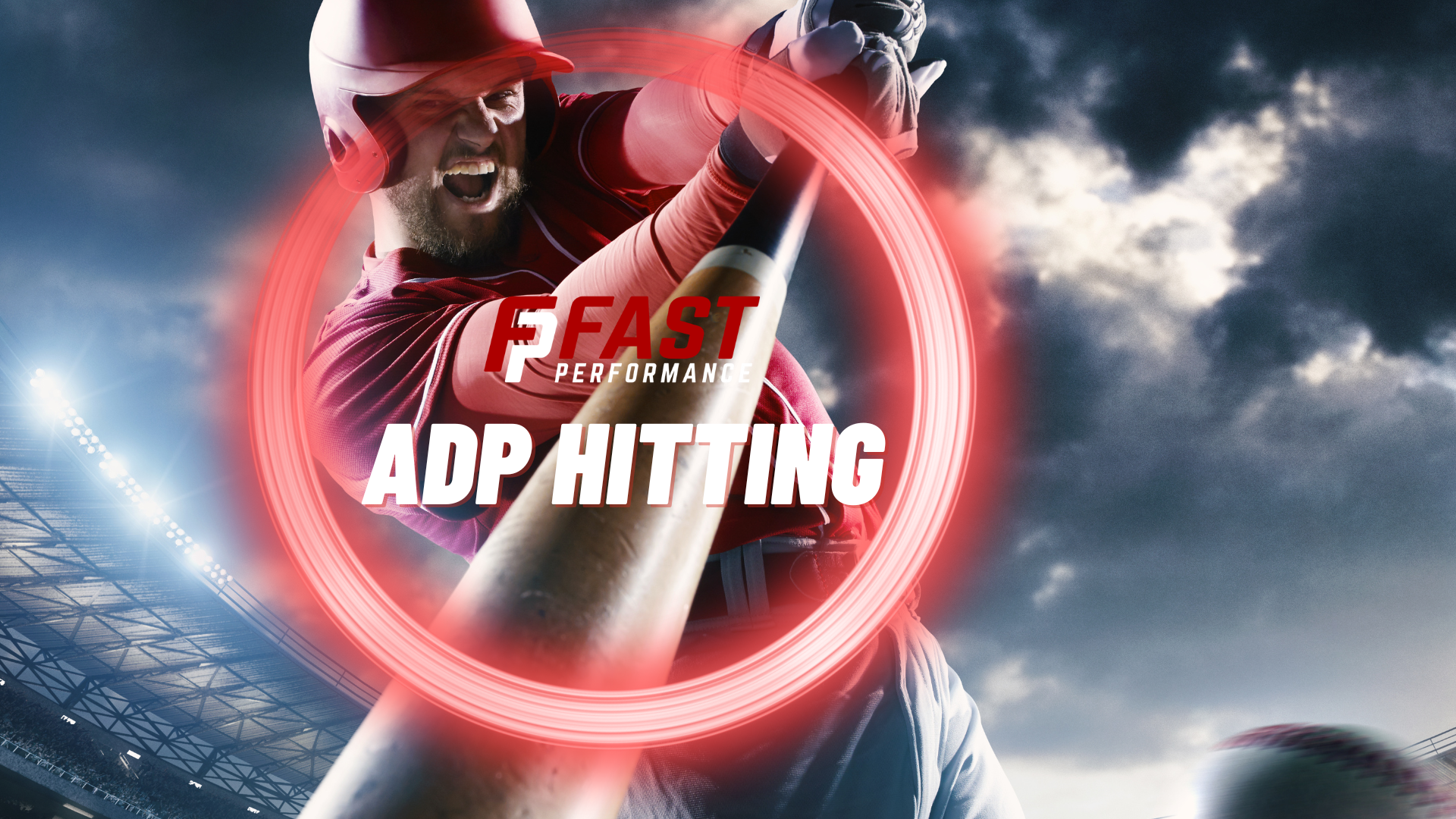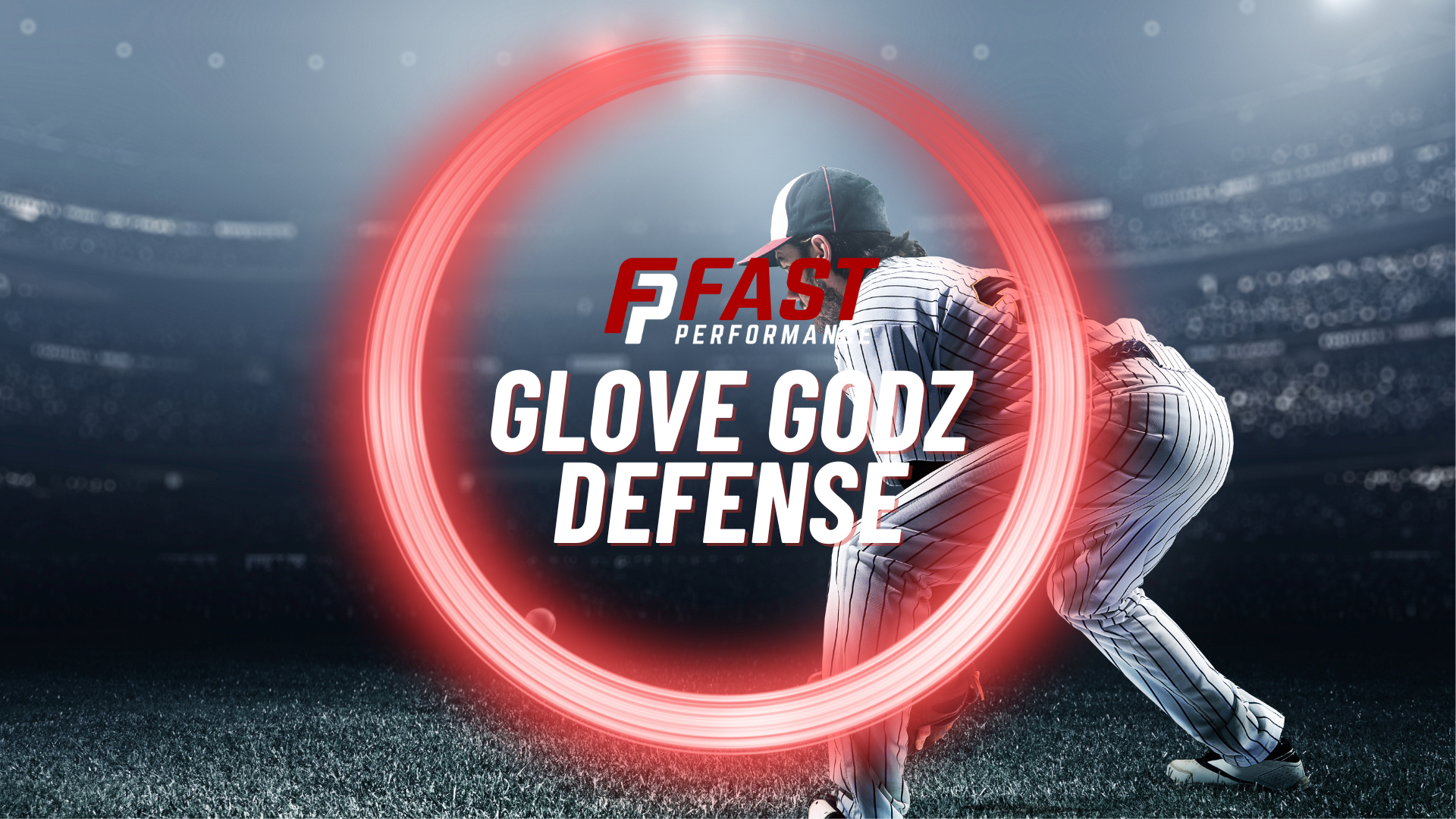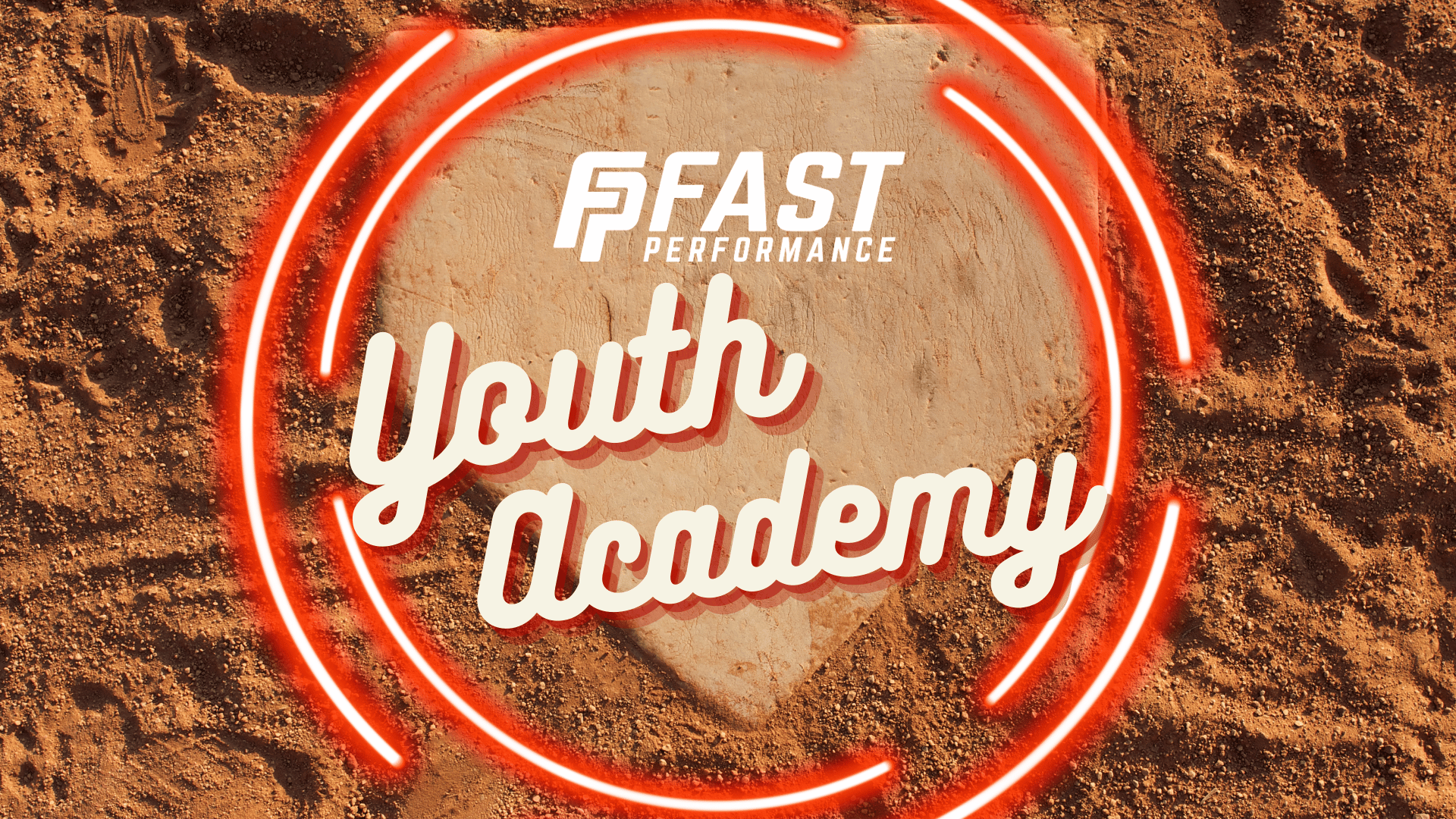Hockey players spend their lives on the ice, skating and playing. They work hard to stay in shape by training for physical activities like stick handling, which requires high levels of balance and agility. It’s also no surprise that this sport impacts your joints more than many others out there.
The ankles need stability because they always have one foot planted firmly into the blades while moving at speeds over 15 mph (24 km/h). The knees also get intense demands due to all those turns in tight spaces. Even worse: if you’re hit by a puck traveling 90 mph (145 km/h) or get into a fight, the potential for severe ligament damage is extremely high.
Your hips and lower back also go through a lot of wear-and-tear from all the twisting and checking in a game. The constant jarring can lead to arthritis if not properly managed later in life.
Shoulders are also commonly injured in hockey because players use them to check opponents. The upper back takes hits from sticks and pucks, so keeping these areas strong and mobile is essential.
Hockey players are like rolling a baseball, football, and basketball player all in one. To bulletproof your body for this sport, you should treat it as if it plays in all those sports.

Hockey is a sport that requires tremendous amounts of hand-eye coordination and the ability to perform explosive rotational patterns like hitting or handling a puck.
The demands on the ice are high for hockey players, but having rotational strength can bring them closer to peak skating skills.

To do this on skates takes skills developed by being appropriately trained.
Fast Performance bulletproofs every player by providing a sound understanding of what it takes to achieve success at building an ironclad body that withstands hours spent playing hockey.
There are a lot of different physical and mental challenges in hockey, but no matter what, it’s an amazing sport to watch and play. The strategy, skill, speed, and intensity make this game unforgettable.










